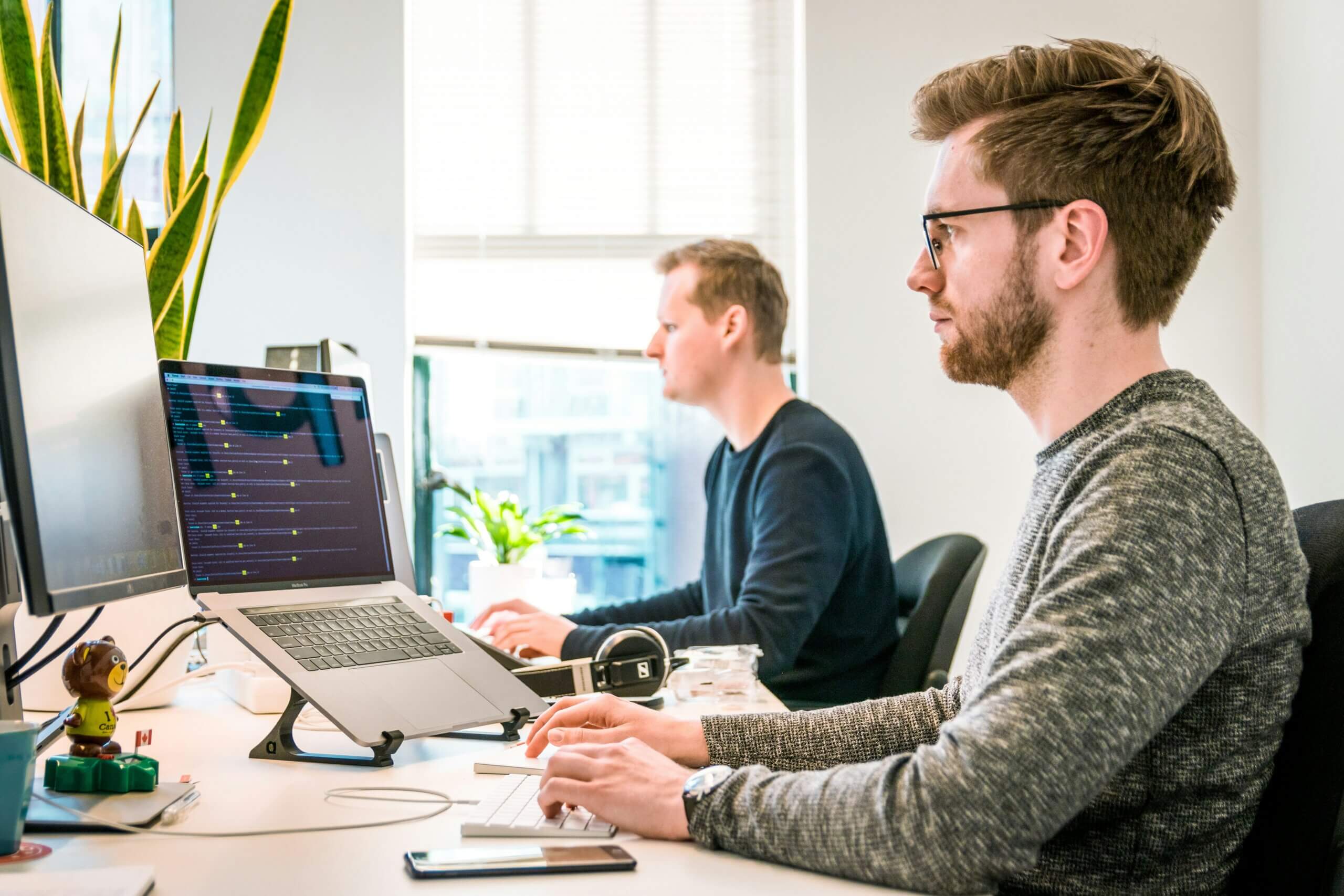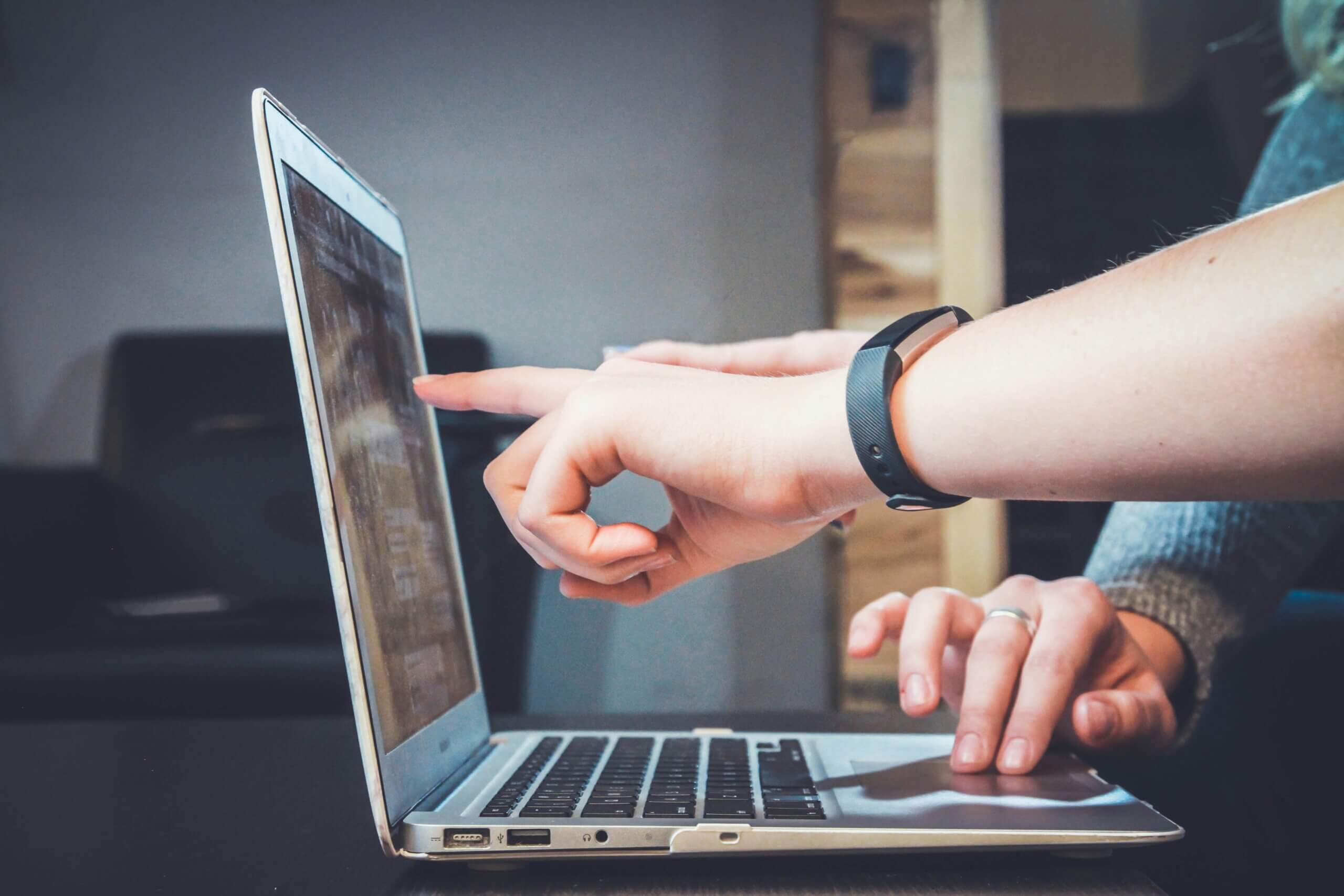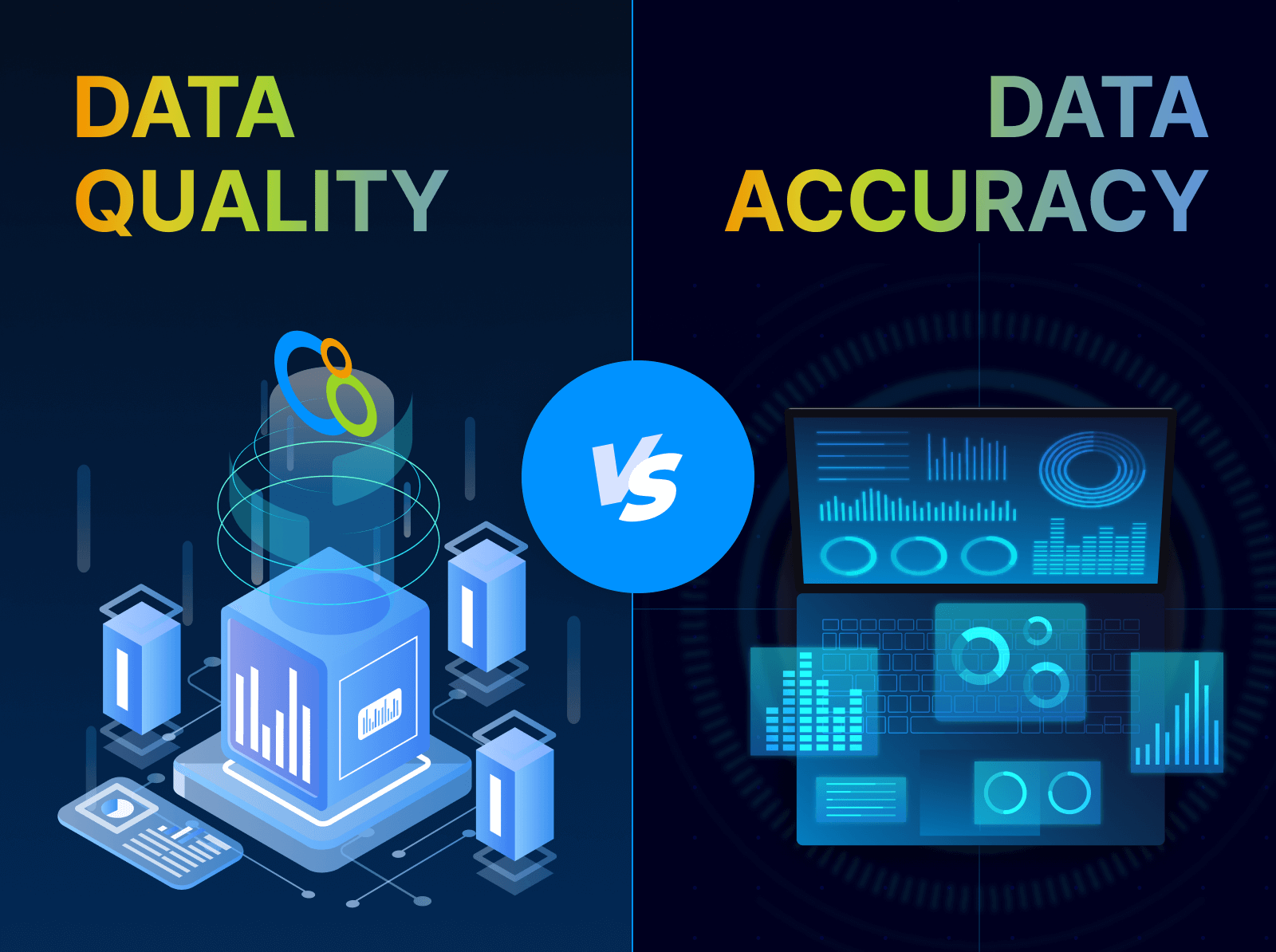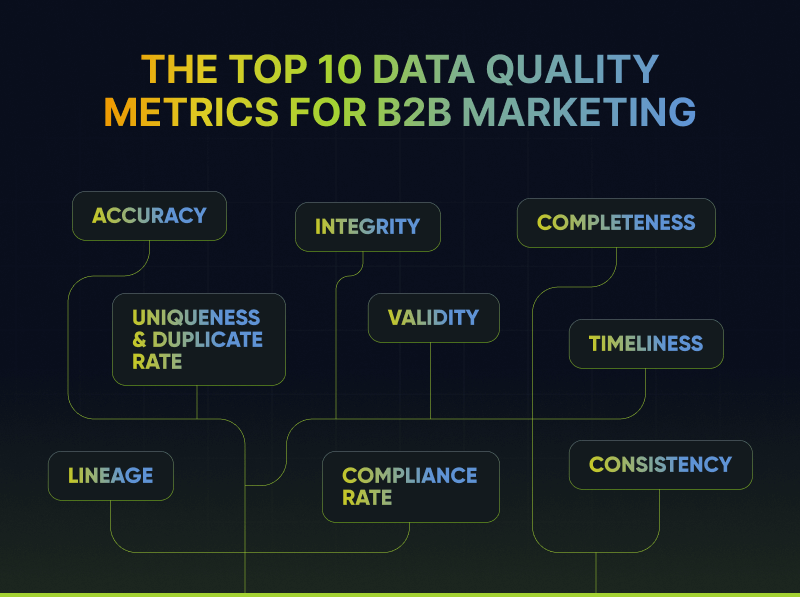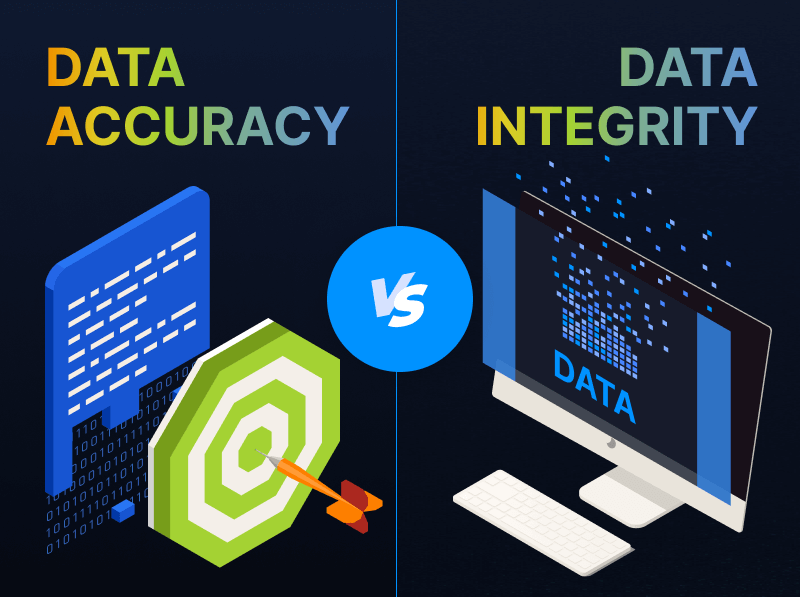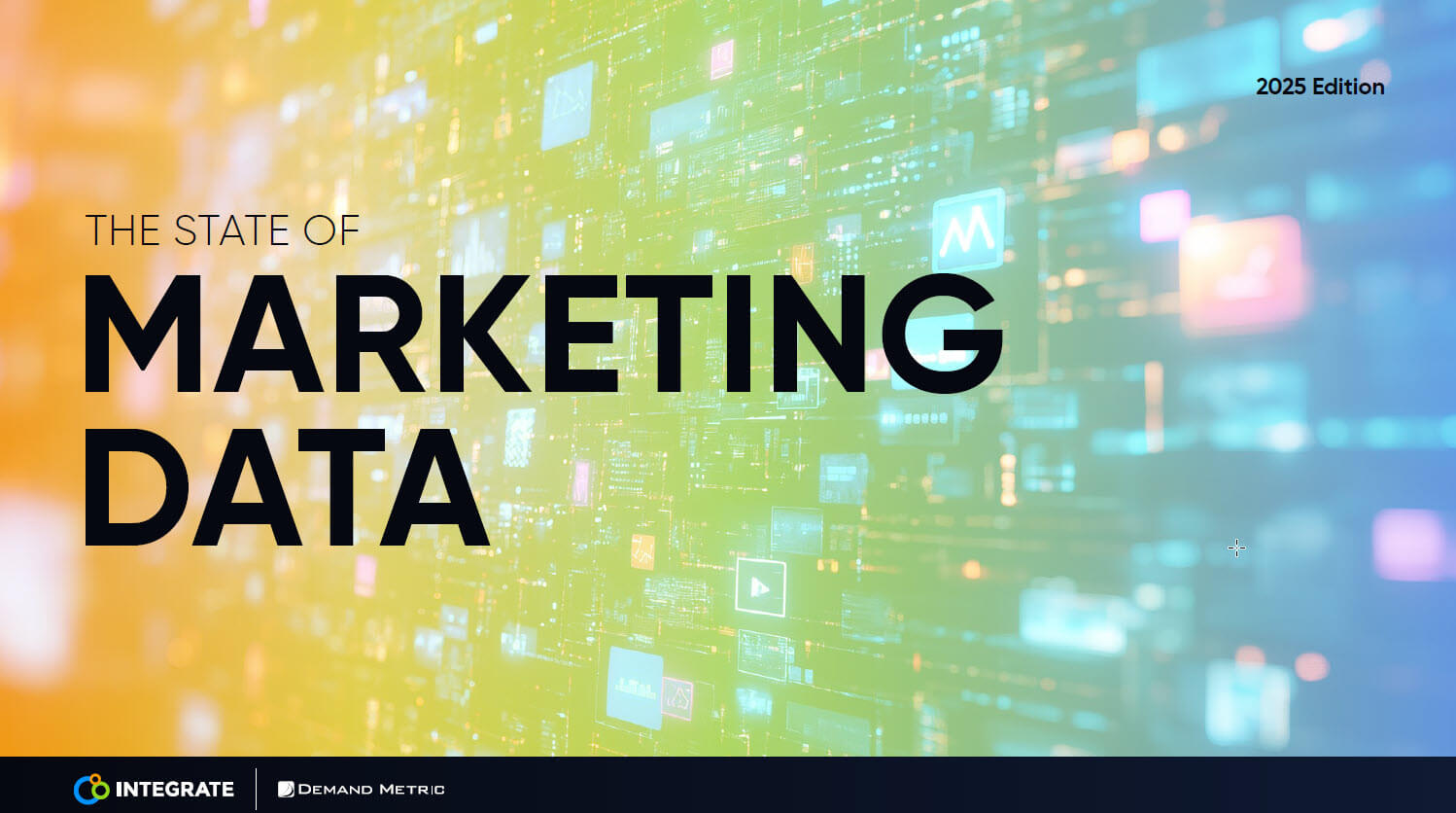Guide to Running Successful Lead Generation Webinars
Webinars have accumulated immense popularity in the business-to-business (B2B) marketing space in recent years. In fact, according to the Content Marketing Institute’s 2018 Benchmarks, Budgets, and Trends survey, 55% of B2B marketers are using webinars, webcasts and virtual events to disseminate their content marketing materials.
With the capability to reach a highly targeted audience, showcase how your product or service benefits your viewers and interactively engage with participants, it’s not surprising that webinars are increasingly gaining B2B marketers attention. Additionally, the medium also provides long-term value: audiences can view your content well after a webinar occurs.
However, it’s not effective to employ webinars as a demand generation solution unless you have a sound strategy in place. It’s imperative B2B marketers utilize industry best practices to maximize the impact of their virtual events and generate high-quality, sales-ready leads.
Set clearly defined goals and objectives
B2B marketers must document and understand their ideal attendee, how their brand will be presented and best practices to drive conversations between sales and audiences before, during and after the virtual event takes place. A webinar is likely to fall flat without setting and documenting defined goals and objectives. Absent a proper strategy, your odds of generating sales-ready leads and yielding return on your webinar investment are greatly reduced. Before organizing a webinar to generate demand, consider the following:
- What will your webinar accomplish?
- What target audience and buyer persona are you trying to reach?
- Which pain points do you plan on addressing during the discussion?
- What sales-funnel stage is your audience at: top of funnel, middle of funnel or bottom of funnel?
- What is your registration goal and how many participants need to register and attend to achieve your pipeline goals?
- When will you host your webinar (consider time zones and holidays)?
- How much budget can you allocate to your promotional efforts?
With a clearly defined roadmap in place, you can become a webinar superstar while streamlining future webinar efforts. Remember, the first step to any successful online webinar is to evaluate why you’re hosting the webinar in the first place, create a plan and set proper goals.
Create compelling thought leadership content
Webinars are a valuable platform to establish your brand as a thought leader in your industry while simultaneously producing sales-ready leads. After you’ve mapped out your audience personas, home in on the appropriate subject matter to spark quality conversations with sales. If your buyers are senior or c-suite level, you’re likely to focus on higher-level content rather than step-by-step guides, for example.
Engage with viewers by ensuring all content is useful, non-promotional, and that audiences can use it to gain new skills and solve problems (highly advertorial content will frustrate and sometimes turn-off audiences). In fact, 88% of B2B marketers believe that webinar content should provide actionable takeaways that viewers can bring to their businesses. Here are a few tips to ensure your audience is engaged and stays tuned for the duration of your webinar:
- Prepare a script and rehearse with presenters in the weeks and days leading up to your virtual event
- Present an overview of what viewers will learn
- Incorporate captivating visual elements (e.g., videos, animations, graphs, statistics, etc.) with appropriate branding and tone
- Source frequently asked questions your sales teams receive in the field and add an FAQ session to your webinar
- Include a question-and-answer section allowing your attendees to submit feedback and ask questions in real time
- Provide a call-to-action at the end of your webinar to ensure your audience knows what your next steps will be
Pro-Tip: Incorporate live polls into your digital events. Webinar platforms like On24 and BrightTalk allow B2B marketers to engage with virtual event participants while the webinar is taking place, adding more value to your overall content.
Promote your webcast to the right audiences
Even if your content is killer, if you don’t attract the right viewers, your efforts will have been in vain. It’s critical to begin promotion several weeks before your virtual event. Be sure to always gate registration pages and only allow business contact information to flow into your systems of record. Here are a few channels to consider for your promotional efforts:
- Targeted emails: Send targeted emails to ideal audiences (targeted accounts and personas) in your databases. Also, be sure to send reminder emails to registrants leading up to the webinar
- Paid and organic social media: Paid efforts will be determined by your budget and ideal buyers. Organic efforts should be a company-wide effort. Ensure all teams have proper collateral and design assets needed to promote the event on LinkedIn, Twitter and Facebook
- Owned media assets (e.g., blog, content CTAs and website homepage)
- Partner channels
- Industry influencers
- ABM advertising
- Email signatures
When promoting your webinar across all mediums, be sure to keep messaging short and concise for a seamless registration process. Sales teams’ input is also critical. Create a process sales and MDRs can use to locate the registration page, see who has already registered and know which invitations bounced or failed to deliver.
Map out a post-webinar strategy
The impact of your webinar content doesn’t end after your webinar airs—your content will continue to be a valuable lead generation tool. Therefore, before the webinar takes place, it’s critical to map out ownership of the prospect data you’re likely to receive to appropriately route lead data to the correct sales team member for timely follow up while your event is still top of mind. Furthermore, be sure to safeguard your data by ensuring that only quality prospect information is routed to your systems.
After your webinar concludes, send a thank you follow-up to participants and provide a re-play recording to registrants who were not able to attend. Also consider condensing the recording into smaller, digestible formats for sales enablement purposes.
Additionally, it’s also critical to measure the success of webinars and clearly attribute revenue back to specific virtual events to ensure you’re allocating budget appropriately when conducting future online events.
You can bring in more high-quality webinar leads
Webinars play an integral role in creating new pipeline opportunities, delivering your messaging to valuable decision makers at key accounts, guiding prospects through the funnel, and ultimately, developing new business and scaling revenue. To maximize success, B2B marketers must establish clear goals, choose a platform that meets their designated criteria, promote their events effectively and follow-up with leads in a timely manner.


